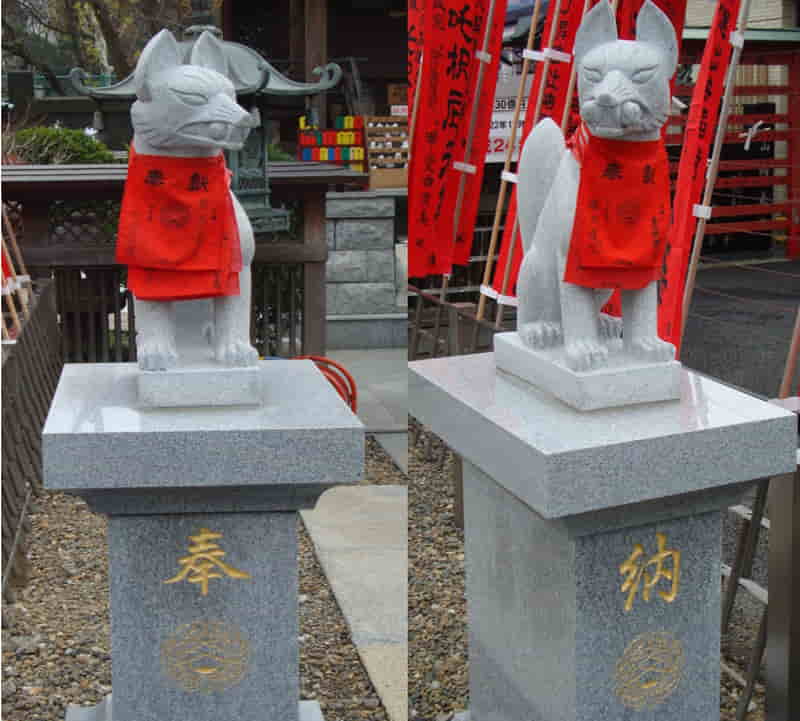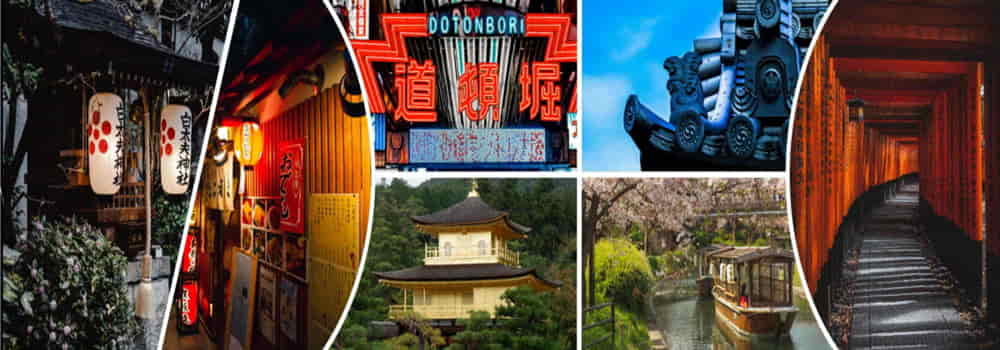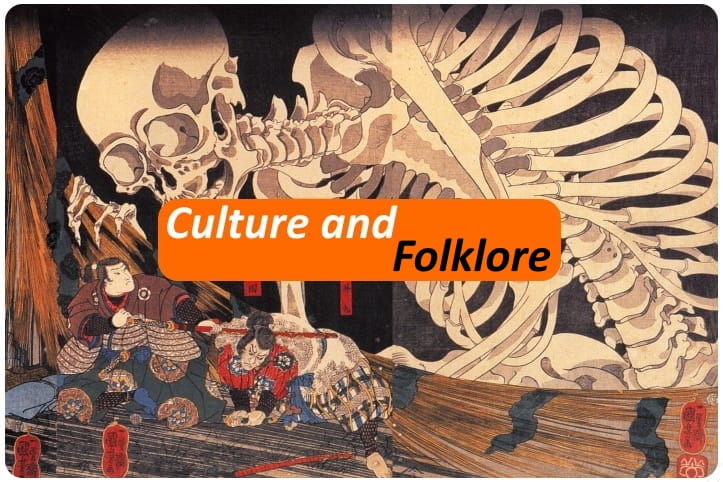Komainu 狛犬 are the guardian statues of Japanese temples and shrines

The Komainu, also known as Japanese shrine guardians, are an important and revered figure in Japanese culture. These statues of lions or dogs (but not only we can also find foxes or even raccoons) have an imposing and elegant presence and a fascinating and compelling history that dates back centuries.
The word "Komainu" is made up of two words: "Ko" means "ancient" or "old", while "mainu" means "dog". The figure of the Komainu originates in the Shinto religion, where there is a unique and direct association between animals and deities so much so that the guardian animals assumed an almost divine figure themselves.

In the Nara period (710-794), the Komainu were often represented as dogs and were placed in front of the doors of Shinto shrines. However, during the Heian Period (794-1185), the form of the Komainu changed, becoming that of a lion, a figure that had been imported from China and Korea.
During the Kamakura period (1185-1333), the Komainu became a common presence in Japanese shrines and temples and were made of various materials, including stone, wood and bronze, and decorated with symbolic motifs such as crystal balls or the symbol of the Japanese royal family, the chrysanthemum.
In the Edo period (1603-1868), the Komainu became even more widespread, during this period, many bronze Komainu statues were made which were decorated with bright colors and depicted lions or dogs in majestic poses.
Nowadays they are still considered sacred figures in Japanese shrines and temples, they are revered and still considered today, after so many centuries, those who protect the community and the deity.
Komainu are usually found in pairs, one to the right and one to the left of the shrine or temple entrance. One of the statues has its mouth open, while the other keeps it closed. This is said to represent the beginning and end of the universe, the opening and closing of the cycle of life. It is interesting to note how, depending on the temple and therefore on the divinity, the statues change. For example, in temples dedicated to the goddess of agriculture, such as the Fushimi Inari Taisha shrine, the guardian and protective statues are foxes, messengers of the deity.

Komainu statues are not only considered to be the guardians of the shrine but also protectors of the locals. It is believed that these sacred animals can ward off evil spirits and protect individuals from harm. Furthermore, in Japanese shrines visitors can perform a purification ritual which involves rubbing the nose or head of one of the Komainu, this gesture is considered a wish for good luck and protection.
As you may have understood in Japan these guardian statues are considered an important part of the religious and spiritual culture of the country. Their presence in sanctuaries and temples is a reminder of the history and tradition of the Japanese people themselves who place their future and their hopes in their hands, or rather paws. Not only are they considered guardians of the sanctuaries, but also protectors of the local inhabitants, in fact it is believed (from a tradition that is lost over time) that these sacred statues can ward off evil spirits and protect people from evil.
If you've been to Japan, have you ever seen any? I'm sure they do and I'm sure they will have impressed you as they impressed me the first time I saw them live.
Sources Images
Personal collection

 English (United Kingdom)
English (United Kingdom)  Italiano (it-IT)
Italiano (it-IT) 






![[Review] Princess Toyotomiプリンセス トヨトミ](https://www.fukainihon.org//cache/mod_jt_contentslider/fdfb524f85518b9476158c79c8ea022f_328.jpg)


